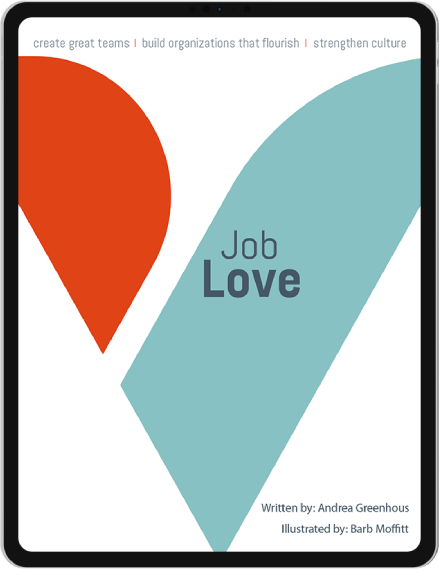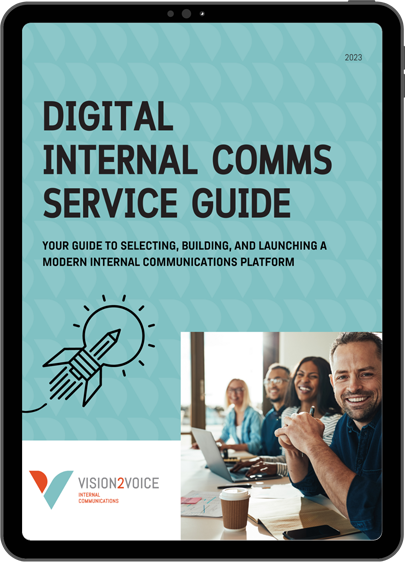
It is not the strongest of the species that survives, nor the most intelligent. It is the one that is the most adaptable to change.
~Charles Darwin
Some companies seem to have change built into their DNA. Google, Apple, and 3M are all famous for their ability to innovate. But their ability to innovate and stay ahead of their competition also comes as a result of the fact that they are agile, resilient and flexible — easily adapting to change and the challenges that come with it.
So how do you build an adaptable organization that can successfully introduce changes that will improve performance, capture new opportunities, or resolve issues and problems?
Follow these five tips, and your organization will be ready for any change that comes your way:
1. Put your money where your mouth is
The most common mistake I see is to treat change management as something that is nice to have and not a necessity. Paying lip service to the importance of people but cutting change management as soon as the budget starts shrinking is bound to backfire. The rule of thumb is that you should spend a minimum of 25% of your project budget on proper change management. Sadly, I don’t think I have ever seen this in practice.
Making sure the money and the resources are in place to support your people is the first step in showing that you are serious about building a change-ready organization. Over time, as your organization becomes more adaptable to change, you may even require fewer resources.
2. Do it right the first time
Like the boy who cried ‘wolf’, the more often you try to introduce change and execute poorly, the more likely people will question your integrity, which creates a trust gap in your organization. Long before your next project begins, be sure to take into consideration the time it takes to get it right and make sure that your planned timelines reflect a realistic change management process.
3. Involve your employees
True involvement is not a series of focus groups or a survey at the beginning and end of a project. Involving your employees is about building a collaborative process all year round, with listening, sharing and transparency at the core of how you do business. Human beings have a deep-seated need to be recognized, validated, and understood by others. Let your people be part of the change.
Google has a TGIF meeting where the entire company gathers for an hour. The meeting is hosted by the Google founders and is a mix of news and updates including new products and key topic updates. The cost to Google must be huge – thousands of people tune in from around the world or in person. But it is obviously paying off!
4. Get attention and support from senior leadership
Leaders play a critical role in how employees respond to change. Organizations with a track record of success have leaders that pay close attention to the people side of the business. Executives who are too busy with million dollar deals, the war on talent, and keeping the competition at bay are shortchanging their organization. But leaders who invest the necessary time to share their vision, tell the story, and address concerns build change-ready organizations that easily win new business, attract top talent, and stay ahead of the competition.
5. Celebrate success
Make sure people see the clear relationship between change and success. Human beings are wired to accomplish goals and seek rewards. I don’t want to oversimplify complex neuroscience here but, essentially, rewards help to stimulate the brain’s pleasure centre and create happiness. Both extrinsic rewards (tangible things like a bonus cheque or a free lunch) and intrinsic rewards (intangible things like the feeling of accomplishment) are important to reinforce a positive response to change.
Take the time to recognize even the small wins and achievements to keep people’s motivation high and sustain the momentum. Then be sure to celebrate great work and significant accomplishments. While it may be tempting to wrap up a project without taking the time to recognize and celebrate the success, you are doing your organization a disservice and hurting the next project by not doing so.
Does your organization follow these five practices? Chances are, if you’re like most, your company could use a little help in one or more of these areas. But, if you work to adopt these practices into your day-to-day business, then your organization will become agile and change-ready, and the next time you implement a change at work you’ll quickly see how much easier it is to get your people on board with the change.

Job Love
Read The Free eBook.
This book looks at fundamental drivers of successful human relationships and applies them to the employee experience. Andrea shows how trust, respect, and even passion can be fuelled in the workplace with the right approach to internal communications.
Download the ebook




